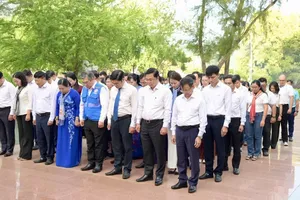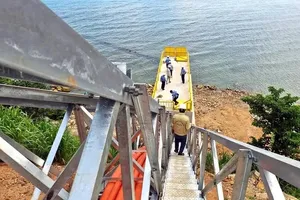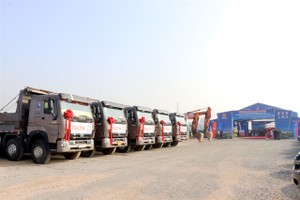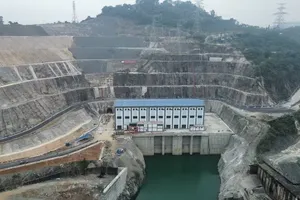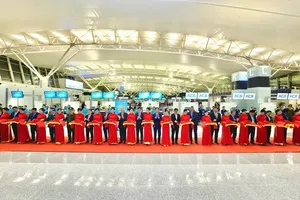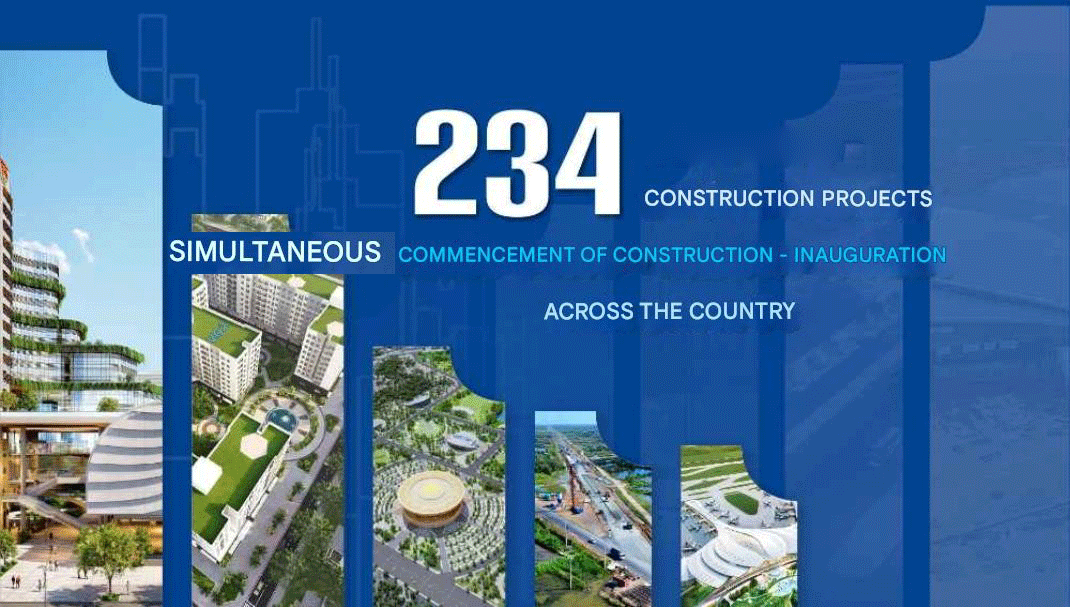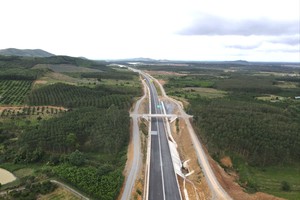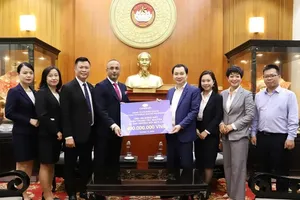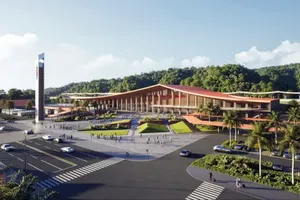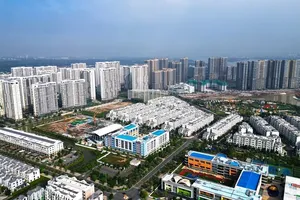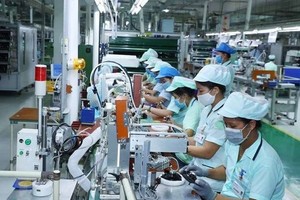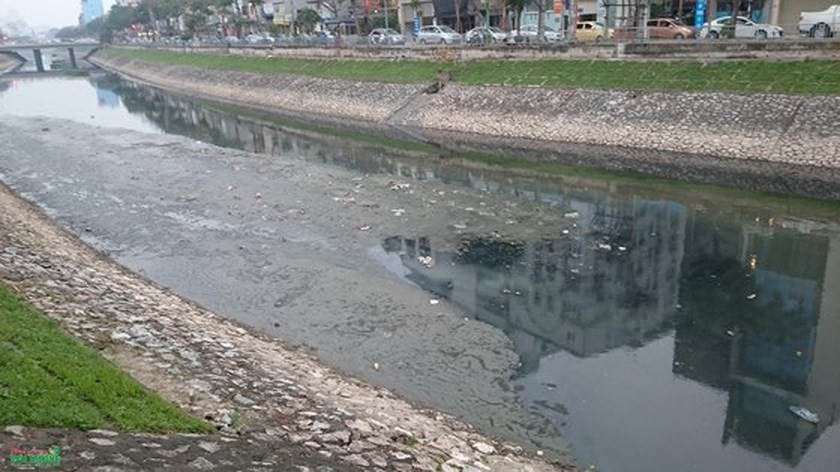
According to Mr. Hoang Cao Thang, Vice Director of Hanoi Department of Construction, there had been 18 serious flooded streets in Hanoi in the past; however, the city cleaned up two among 18 the flooded streets on Yen Nghia Street, Ha Dong District and Co Linh Street, Long Bien District in 2017.
Last year, the city continued deleting additional two flooded streets of Giai Phong and Nguyen Chinh, but these streets still need to be monitored and evaluated during this year’s rainy season.
With an average rainfall of 50-100mm during two hours, Hanoi still has 16 flooded streets.
Explaining about the serious flooding in capital city of Hanoi despite of the small rainfall, the representative of Hanoi Construction Department said that the drainage systems have been invested and installed in inner Hanoi, in river bank across the To Lich, Lu, Set and Kim Nguu rivers on an area of 77.5 square kilometers (accounting for about 35 percent) while drainage systems in the other areas have not been invested synchronously according to the approved plan.
Mr. Vo Tien Hung, General Director of Hanoi Water Drainage Company said that the agency would not only adopt the approved plans of water drainage but also collaborate with the functional forces to inspect closely construction projects having been built as well as control the drainage agreements well in order to overcome the flooding in many places.
Regarding the good results from the pilot wastewater treatment across To Lich River with bio-nanotechnology device under implementation of the Japan-Vietnam Environmental Improvement Joint Stock Company (JVE) and Japanese experts, he said that the wastewater treatment with the new technology application has still been in the testing phase so it should not be compared with the Redoxy-3C technology from Germany being implemented over the past time.




